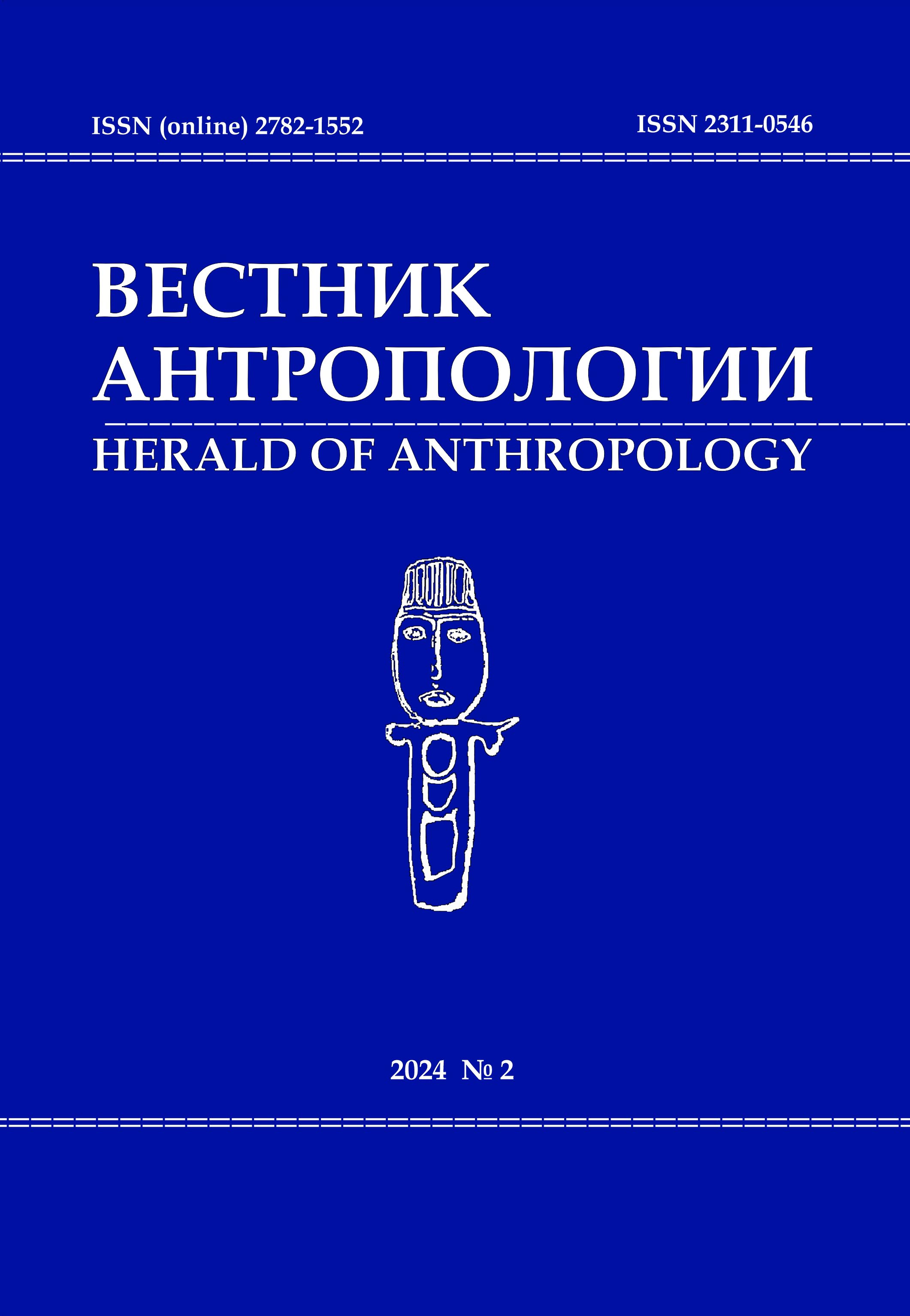Al-Ṭiyarah as an Ancient Arabian Ritual
DOI: 10.33876/2311-0546/2024-2/159-169
Keywords:
Jāhiliyah, Ancient Arabia, Auspices, Augurs, Arab LiteratureAbstract
The article considers the phenomena of Arabian “auspices”. Based on the evidence of Medieval historians and lexicographers, the author analyzes etymology of terms al-ṭiyarah, al-ʿiyyāfah and al-zaǧr, which point to fortune-telling by the behavior of birds, mammals and reptiles. While the concept of al-ṭiyarah indicated the whole range of superstitions connected with the animal world, the term al-ʿiyyāfah meant passive observation of movements of birds or their calls with the following interpretation, and al-zaǧr indicated stimulation of selected animals by the soothsayer. A whole complex of archaic Arabic representations about the world and a human determined which animals were used for the fortune-telling. Animals, considered chthonic, included scavengers, birds or cattle with a physical defect, owls — totemic creatures that personified the human spirit separated from the decayed body. The author reconstructs the ritual al-zaǧr as an action designed to scare the animal and force it to move — to the right (sāniḥ) or left (bāriḥ) side. While in Najd objects located to the right of the observer or moving from right to left were considered as ‘good messengers’, in Hijaz, on the contrary, the ‘blessed’ objects were located on the left side of the augur. Separately the author analyzes connection between the left and right sides with the visualization of temporal coordinates (as a rule, ancients Arabs identified bāriḥ with the past and sāniḥ with the future) and with the cardinal points (bāriḥ, ša(i)māl — north, sāniḥ, yamīn — south). Finally, it is concluded that the customs of al-ṭiyarah were weakly institutionalized in Jahili society.





















